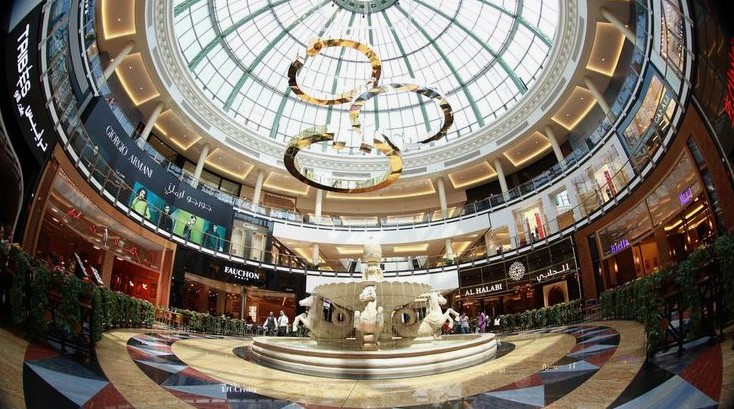Masonry. The word itself evokes images of strong hands, precisely laid stones, and structures that stand the test of time. But what is the true mason meaning, and what does it signify within the American community? Beyond the physical act of building, masonry represents a rich heritage, a skilled trade, and for some, a connection to a fraternal organization steeped in tradition. This article will delve into the multifaceted world of the masonic, exploring its various aspects within the United States.
The Art and Science of Masonry: Building Our World
At its core, masonry is the skilled craft of building structures from individual units, such as brick, stone, concrete block, or tile, bound together by mortar. It’s a blend of art and science, requiring both technical knowledge and an appreciation for aesthetics. Masons are the architects of our physical world, responsible for constructing everything from homes and schools to bridges, skyscrapers, and historical monuments.
The mason meaning in this context is straightforward: it refers to the individual skilled in this ancient and vital trade. These craftspeople possess a deep understanding of materials, construction techniques, and structural principles. They are adept at reading blueprints, calculating loads, and ensuring the stability and longevity of their creations.
Masonry encompasses a wide range of specializations. Some masons focus on bricklaying, meticulously arranging bricks in intricate patterns. Others specialize in stonemasonry, shaping and fitting natural stones to create stunning facades and durable foundations. Still others work with concrete block, tile, or other materials. Regardless of their specific area of expertise, all masons share a commitment to quality craftsmanship and a dedication to building structures that will endure for generations.
The Masonic Fraternity: A Brotherhood of Tradition
Beyond the construction trade, the term “mason” also refers to a member of the Freemasons, a fraternal organization with a long and fascinating history. This organization, often referred to as the masonic fraternity, has roots that stretch back centuries, with traditions and rituals passed down through generations.
It’s important to distinguish between the two meanings of “mason.” While some members of the Freemasons may also be involved in the construction trade, the fraternity itself is not primarily a building organization. Instead, it focuses on personal development, moral improvement, and brotherly fellowship.
The Masonic fraternity has a significant presence in the United States, with lodges in communities across the country. Members come from all walks of life, united by their shared commitment to the principles of Freemasonry, which include brotherly love, relief, and truth.
The Symbolism and Rituals of Freemasonry
The masonic fraternity is known for its use of symbolism and ritual. These traditions, while often misunderstood by those outside the organization, serve as a means of conveying moral and philosophical lessons. The square and compass, perhaps the most recognizable Masonic symbols, represent morality and reason, respectively. Other symbols and rituals are used to teach members about the importance of integrity, charity, and personal growth.
The rituals of Freemasonry are designed to be allegorical, using symbolic actions to impart deeper meaning. These rituals are not intended to be taken literally, but rather as tools for self-reflection and moral development.
Freemasonry and the Community
While the masonic fraternity is a private organization, its members are often actively involved in their communities. Freemasons are encouraged to be good citizens, to support charitable causes, and to contribute to the betterment of society. Many Masonic lodges sponsor community events, support local charities, and provide scholarships to students.
The emphasis on moral principles and civic responsibility within Freemasonry has led many prominent figures throughout American history to be members of the fraternity. From founding fathers to business leaders, Freemasons have played a significant role in shaping the nation.
Dispelling Misconceptions about Freemasonry
Despite its long history and positive contributions to society, Freemasonry is often the subject of misconceptions and misinformation. Some people mistakenly believe that the masonic fraternity is a secret society with hidden agendas. In reality, while the fraternity does have private rituals, it is not a secret organization. Masonic lodges are often clearly marked, and the fraternity’s principles and values are publicly available.
Another common misconception is that Freemasonry is a religion or a cult. This is also untrue. Freemasonry is open to men of all faiths who believe in a Supreme Being. It does not promote any particular religious doctrine, nor does it interfere with an individual’s religious beliefs. Instead, it encourages members to live according to their own moral compass and to respect the beliefs of others.
The Enduring Legacy of Masonry
Whether referring to the skilled trade of building or the fraternal organization, masonry has left an indelible mark on American society. Masons have built our cities, shaped our landscapes, and contributed to the fabric of our communities. The mason meaning encompasses both the tangible structures that surround us and the intangible values of craftsmanship, brotherhood, and civic responsibility.
From the towering skyscrapers that define our urban skylines to the quiet lodges where men gather to learn and grow, masonry continues to play a vital role in American life. It is a legacy that is both visible and profound, a testament to the enduring power of human skill, ingenuity, and fellowship. The next time you see a beautifully crafted building or hear the word “mason,” take a moment to appreciate the rich history and multifaceted meaning behind this enduring tradition. It’s a story that continues to unfold, brick by brick, generation after generation.





